#Mare Island Naval Shipyard
Text

Le croiseur lourd USS Chicago (CA-29) - Mare Island Naval Shipyard – Vallejo – Californie – Avril 1931
#WWII#avant-guerre#pre war#marine américaine#us navy#marine militaire#military navy#marine de guerre#navy#croiseur#cruiser#croiseur lourd#heavy cruiser#classe northampton#northampton-class#uss chicago (ca -29)#uss chicago#ca-29#mare island naval shipyard#vallejo#californie#california#états-unis#usa#04/1931#1931
15 notes
·
View notes
Video
out of service by Eric
Via Flickr:
Mare Island Naval Shipyard
#CA#california#mare island naval shipyard#vallejo#urban exploration#UE#urbex#abandoned#decay#rails#railroad#train tracks#ghost rails#flickr
46 notes
·
View notes
Text



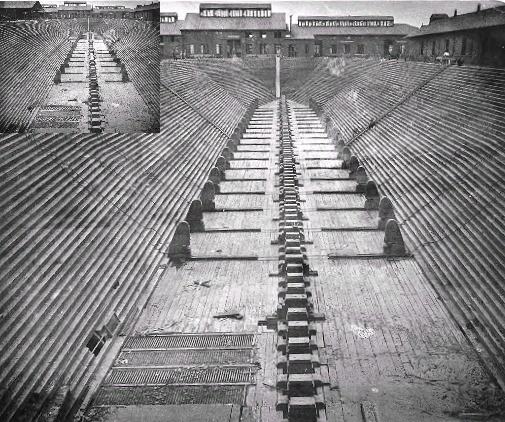
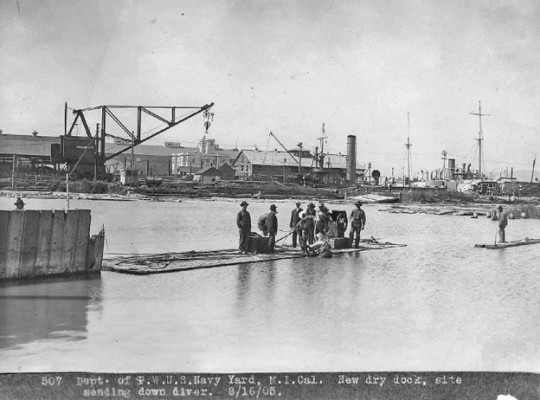
Wooden Dry-Docks?
The USS Emory S. Land (AS-39), a submarine tender, has recently docked a couple of times for overhaul in Mare Island’s dry dock 2. She owed her presence in that dry dock to decisions made a century and a quarter ago. Then, like now, the US Navy was limited by the lack of shoreside infrastructure and specifically, dry docks.
In 1897 Rear Admiral Francis Bunce chaired a board investigating the lack of shore infrastructure. That board recommended a forty percent increase in the number of dry docks at naval shipyards which included a new dry dock 2 at Mare Island Naval Shipyard that was to accommodate the largest naval warship envisioned. To save money, the new Mare Island dry dock was to be constructed of timber rather than stone or concrete. Believe it or not timber dry docks were considered by some to be just as durable as a stone dock (Mare Island’s first floating drydock was constructed of wood and lasted nearly 40 years before it was completely worn out and scrapped). The dock was so long that it had to be angled in from the waterfront to fit without impacting existing facilities. Following debate, the new dry dock was authorized and funded by Congress, but the Navy Bureau of Yard and Docks was not happy with the proposed timber construction. Experience had taught them that timber graving docks deteriorated in 20-25 years and were subject to catastrophic flooding.
As a result, the Secretary of the Navy became engaged to obtain additional funds to allow the proposed timber dock at Mare Island to be changed to concrete. In late 1899 the Board of Trade of San Francisco and the San Francisco Chamber of Commerce adopted resolutions asking the California delegation, in Congress to aid the Secretary of the Navy and the Chief of the Navy Bureau of Yard and Docks in their efforts to have the construction material changed. The effort was successful, and a concrete dry dock was constructed. The new dry dock was the largest dry dock at any naval shipyard at that time. The decision to use concrete was to prove wise as the new dry dock was to serve the Navy through two world wars, the Korean, Vietnam, and Cold Wars. The dry dock continues in use to this day by the private Mare Island Dry Dock LLC. It is hard to say what would have happened if the dry dock had been built of timber as originally proposed, but certainly the dock would not have been available during our Nation’s greatest hour of need during World War II.
#mare island#naval history#san francisco bay#us navy#vallejo#Bay Area#San Francisco#California#shipyard#Solano#Sonoma#Napa#Wine Country#Military#Tourism#Old Navy
0 notes
Text
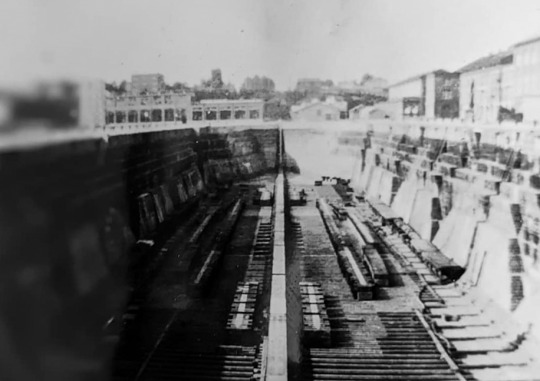
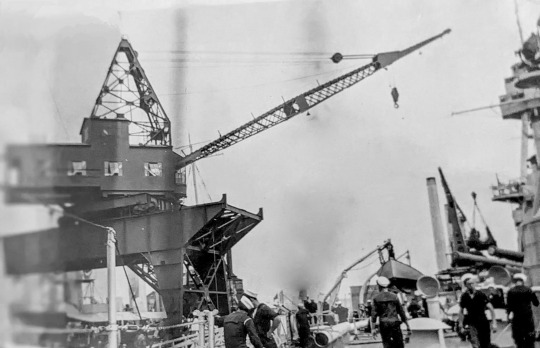
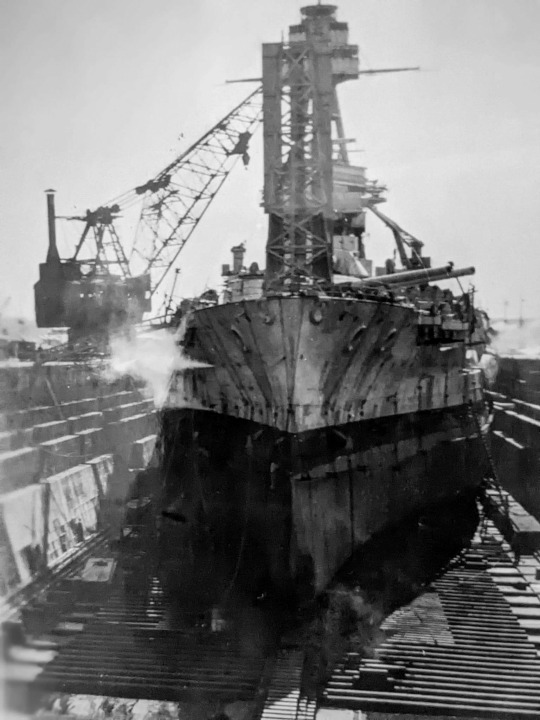


"USS TEXAS (BB-35) arrived at Bremerton, WA Navy Yard drydock on January 14, 1932, and after repairs and new equipment, departed on March 2, 1932. She was put into port at Mare Island Naval Shipyard in Vallejo, the first Navy Yard developed on the Pacific Coast, for supplies, on March 23, cruised south, passing San Clemente and Santa Catalina Islands, into the San Pedro Channel, and returned to her home port of San Pedro, CA on March 28, 1932."
C.A. Moss collection: link
#USS Texas (BB-35)#USS Texas#New York Class#Battleship Texas#Dreadnought#Battleship#Warship#ship#Drydock#Dry Dock#Puget Sound Navy Yard#Puget Sound#Washington#West Coast#January#March#1928#interwar period#my post
72 notes
·
View notes
Text
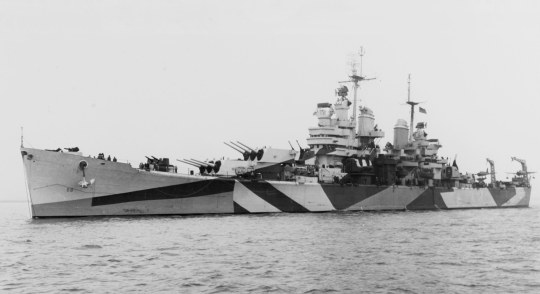
The US Navy heavy cruiser USS Baltimore (CA-68) off the Mare Island Naval Shipyard, California (USA), on 18 October 1944.
Her camouflage is Measure 32, Design 16d.
18 notes
·
View notes
Text

US Navy destroyer USS Selfridge (DD-357) arriving at Mare Island Naval Shipyard, California, 24 January 1944. She lost her bow after a torpedo hit during the Battle of Vella Lavella. A temporary bow was fitted at Tulagi and Noumea so that she could reach the U.S. for permanent repairs.
19 notes
·
View notes
Photo

Shades of Green. 🧤 One of my favorites from #Luft was this #964 #Carrera with Finnish plates. Who can name the colors? 🍻 📷 @rude.scott #911 #luftgekühlt (at Mare Island Naval Shipyard) https://www.instagram.com/p/CrunjebunV9/?igshid=NGJjMDIxMWI=
13 notes
·
View notes
Text
When your nuclear submarine springs a small leak:
USS NAUTILUS experiences a small saltwater leak in one of the steam condensers shortly after leaving Groton, Conn., as the NAUTILUS heads south toward the Panama Canal to transit to the Pacific for her expedition to the North Pole. After passing through the Canal and experiencing a fire on May 4, 1958, the NAUTILUS puts into Mare Island Naval Shipyard, San Francisco, Calif., for repairs. However, the source of the leak cannot be pinpointed and the ship proceeds to Seattle, Wash. During the trip to Seattle, the captain decides to use the same type of additive that is sold for leaky car radiators to try to repair the leak in the condenser. Upon arriving in Seattle, 140 quarts are purchased and half are poured into the cooling system. The reactor plant is started and the leak is stopped.
70 quarts of this stuff:

AND IT WORKED
Note that this was not a jackass move, but the considered troubleshooting strategy of a nuclear engineer. Because in order to command a nuclear powered ship in the US Navy, you need a nuclear engineering degree.
He probably saved the Navy a few million bucks in repair bills.
15 notes
·
View notes
Text
LOTD: Mare Island
~sorry for delay - meant for October 21st, 2022~
(from: http://www.ibiblio.org/lighthouse/ca.htm)
Mare Island
(1873-1930s), Carquinez Strait, Vallejo. Anderson also discusses this lighthouse on his Carquinez Strait page. This was another Paul J. Pelz design, similar to the East Brother Island lighthouse. Located at the Mare Island Naval Shipyard, the light was of limited use after the establishment of the Carquinez Strait lighthouse in 1910. It was abandoned and demolished sometime in the 1930s. ARLHS USA-475.

(photo found here; ©US Coast Guard)

(photo found here; no copyright given)
2 notes
·
View notes
Text

USS Caiman (SS 323) au large du chantier naval de Mare Island – Vallejo – Californie – États-Unis – Printemps 1951
©United States Navy
#WWII#après-guerre#after war#marine américaine#american navy#US Navy#marine de guerre#navy#marine militaire#military navy#sous-marins#submarines#classe balao#balao-class#USS Caiman (SS-323)#USS Caiman#SS-323#chantier naval de Mare Island#Mare Island Naval Shipyard#vallejo#californie#california#états-unis#USA#1951
59 notes
·
View notes
Text

#VoxPop Rarely seen or heard beyond the live audience, Vox Pop invited audience members to participate in parlor games for cash prizes before the start of each broadcast. These games even took place before the August 17, 1942, broadcast from the Mare Island Naval Shipyard near San Francisco. While host Warren Hull looks on, an unnamed sailor tries to pop a balloon with Hollywood actress Carole Landis.
1 note
·
View note
Text

The U.S. Navy heavy cruiser USS Louisville (CA-28) off the Mare Island Naval Shipyard, California (USA), on 17 December 1943.
The ship's camouflage scheme is probably Measure 32, Design 6d. Note that no hull number was painted on the bow.
0 notes
Text

Mare Island Submarine
Photograph showing the conning tower of a World War II submarine as her periscope appears to cleave the sky above. Over 500 ships were built during the 142 years Mare Island Naval Shipyard served the Nation. Those ships ranged from wooden hulled sidewheeler gunboats to a massive battleship, but it was because of the shipyard’s expertise with the complexities of submarine construction that it became known as a submarine yard in later years. All but one of the Mare Island built ships have fallen victim to scrappers torches or they lie on the ocean bottom, victims of the sea or enemy action. The USS Silversides (SS-236) is the lone surviving ship. She is a museum ship in, of all places, Muskegon Michigan. She is a Gato Class fleet-type submarine built at Mare Island just prior to the outbreak of World War II. She was christened by Mrs. James J. Hogan, wife of Dr. Hogan, Vallejo's civilian representative in Washington, and founder of Council No. l, Navy League, in Vallejo. Dr. Hogan was convinced that Mare Island was Vallejo's lifeblood, and he was one of its most effective champions until his death in 1942. Silversides was launched on August 26, 1941, and she was commissioned one week after the Japanese attack on Pearl Harbor. Silversides departed on her first war patrol on April 30, 1942, for which she was credited with sinking four ships and damaging one. She went on to establish one of the top submarine combat records in the Pacific. Her record reflected more war patrols than all but 5 submarines, while sinking the third greatest number of ships (23), totaling 145,400 tons. During these patrols, the quality of her construction allowed her to escape undamaged following seventeen counterattacks by the Japanese where a total of 163 depth charges were dropped. Following the war, Silversides was towed up the Mississippi River with her superstructure removed to permit passing under bridges. She then became the submarine training ship at Great Lakes Training Station where she continued to serve until 1969. She has been on display at the USS Silversides Submarine Museum in Muskegon, Michigan since 1987.
#mare island#naval history#san francisco bay#us navy#vallejo#Silversides#Submarine#world war 2#world war ii#world war two
7 notes
·
View notes
Photo

A little New Year fun!!! #jensenaf (at Mare Island Naval Shipyard) https://www.instagram.com/p/Cm5VxxSrVfv/?igshid=NGJjMDIxMWI=
0 notes
Text
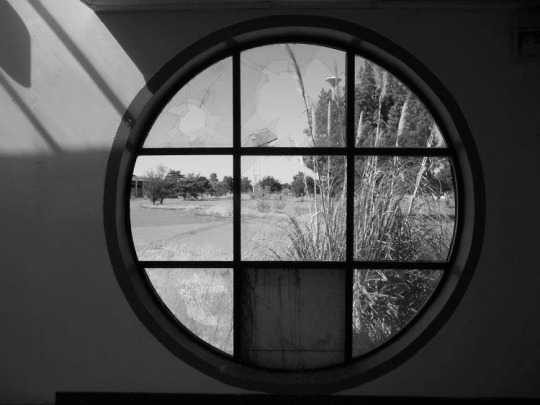
Inside an abandoned building within Mare Island Naval Shipyard. Vallejo, California. August 2012.
0 notes
Photo
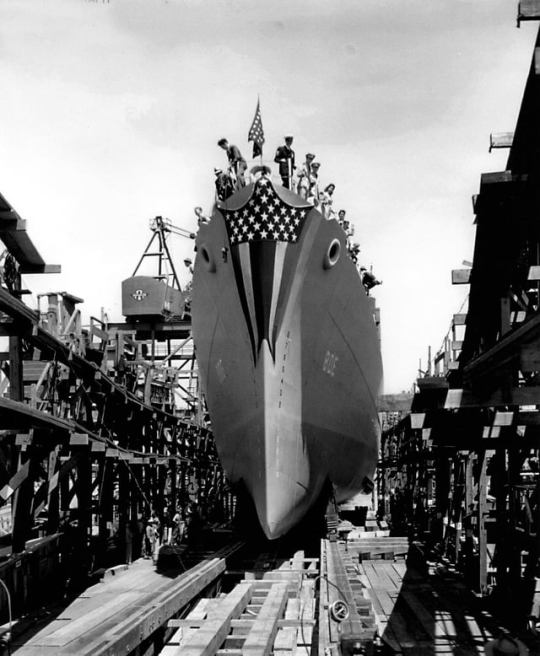
Launch of the U.S. Navy destroyer escort USS Martin (DE-30) at Mare Island Naval Shipyard, California. 18 May 1943
42 notes
·
View notes